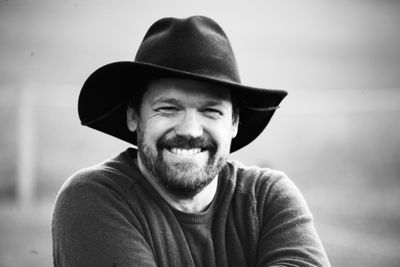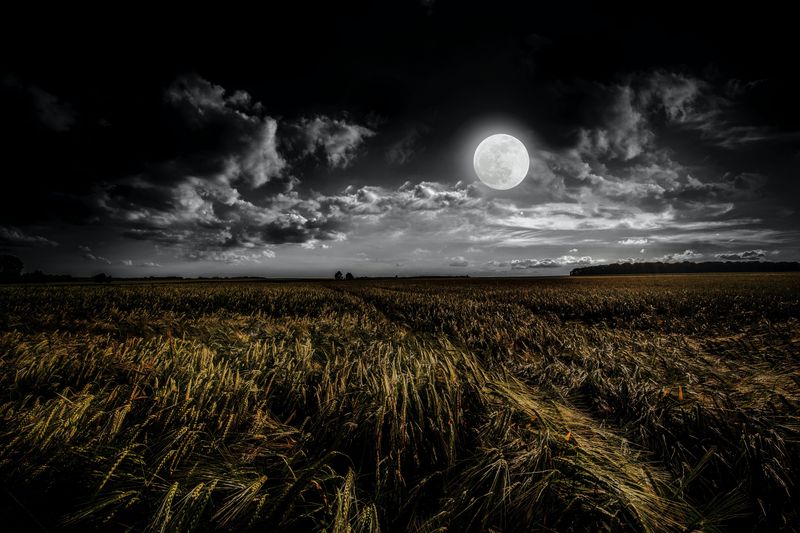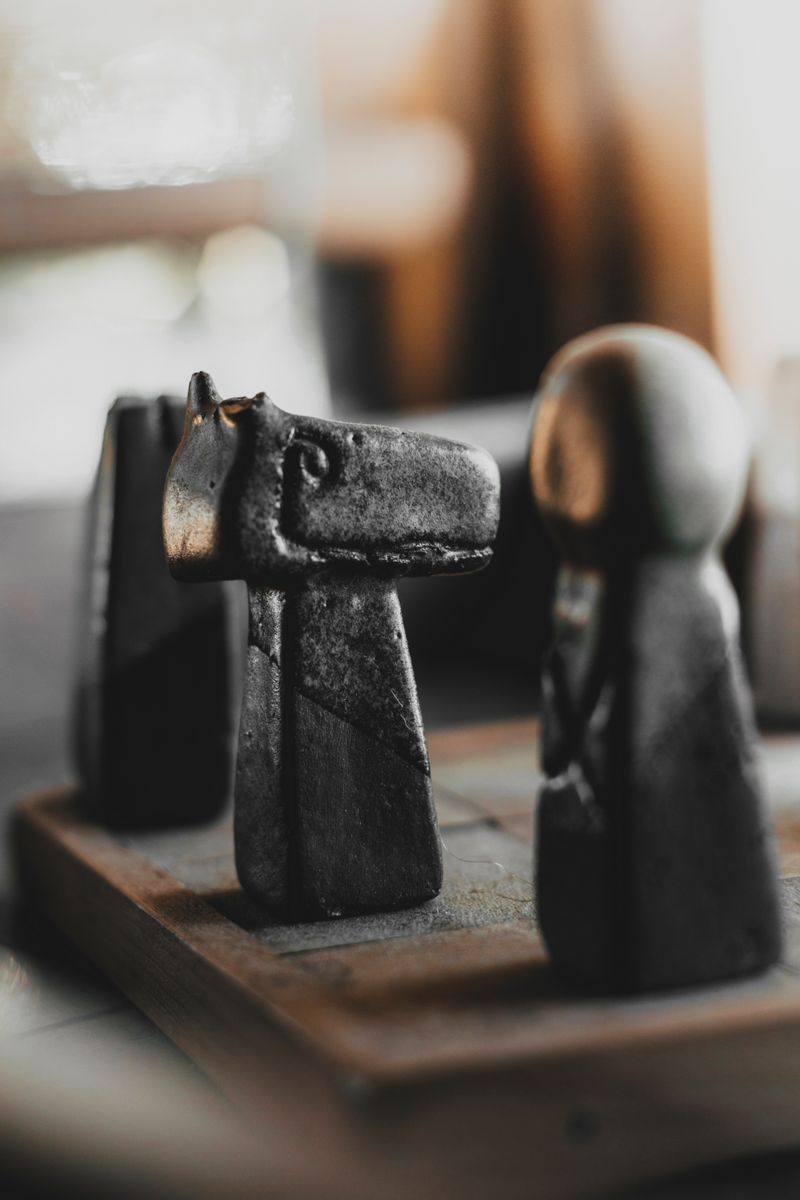Central to my understanding of our responsibility toward ourselves, and the rest of life on Earth, in this time of history, is how we think of ourselves as makers of things. We are innate makers, and therefore innate designers.
Most people have a ready-made mental box in which they place all things designerly. That box rarely coincides with a fundamental sense of the human predicament. But consider for a moment the primacy of this trait.
The capacity for increasingly well-executed design and construction is an ancient human characteristic. We have probably held this capacity for the near-entirety of our species' time on Earth.
But if you are tempted to think that the 'simplicity' of a paleolithic existence, say, didn't require much in the way of design skill, I'd like to suggest that it could be the other way around—that it is modern, system-embedded living that is simpler, in this regard.
From a camp on Skraeling Island, in the high Arctic, studying the remnants of Dorset and Thule culture alongside a team of archaeologists, Barry Lopez wrote,
As I engaged the memory further, my fingertips were again winding through the willow stems and again I found the chert flakes. Sifting through them, I thought how few archaeologists who examine flakes like these and who write about them can fashion a stone tool. What do we miss, as a mostly indoor culture, making a few short summertime forays into Earth's remote country to inspect places where our ancestors once found a path, a way to live, but not, ourselves, possessing any of their fundamental skills? Not having cut meat with a stone, nor gone a week with only the soft edges of our skin clothing to sustain us, how well can we intuit the purpose of an arrangement of stones our ancestors made?
—Barry Lopez, Horizon
Recently I found myself one evening exhausted, mentally depleted and wanting to relax away from social complexity, and without a plan of any quality, I began watching a random You-tube video.
A nameless guy was building a dug-out hut in a deciduous forest, somewhere in Europe, I think. Without speaking, over fourteen days, he used hand tools to dig into a slope, cut four stout posts from the woods, framed a roof structure, lined the space with found rocks, fashioned an earthen fireplace and chimney, covered the roof in planks, plastic sheet and dirt, and so forth, each night lighting a fire and cooking something simple and sleeping in his emerging shelter.
Slowly a shelter of increasing comfort—and comfortingly human complexity—took shape, to the point where he was making kitchen utensils and table, and other conveniences to make his work there easier, such as a log sawhorse, to raise his cutting work to waist height.
I found this video so relaxing and satisfying that, just using my tablet and the internet, within half an hour I had returned to a state of balance, feeling centred and human again.
Maybe because I have done similar work, on larger scales, having built my small family a home, I related to this simple and yet complex process and the unfold of decisions on display. But I think there is more to it than this.
What it isn’t—despite common conception—is nostalgia and fantasy about a simple life that surely must be possible, somewhere in the wilderness. Despite having sympathy for them, I don’t bother with those feelings and I have a sense that the You-tuber didn’t either, something suggested to me watching his cute video-editing tricks, where he’d set out a task in front of him, clap, and the footage cuts and the task is magically done.
And it was all too apparent, seeing the shelter emerge, how in each improvement, the forest-dweller became less intimate with the forest, more consumed by what was possible to do next. The very act of making a forest hut seemed to contain the seeds of making everything else, right up to the tools and systems of clear-cutting by the acre.
Is it possible that weapons of mass destruction, globally efficient systems of colonialist extraction, exponentially evolving AI tech, table-top CRISPR, and so forth, were all latently present in the deep curiosity and design capability of early humans?
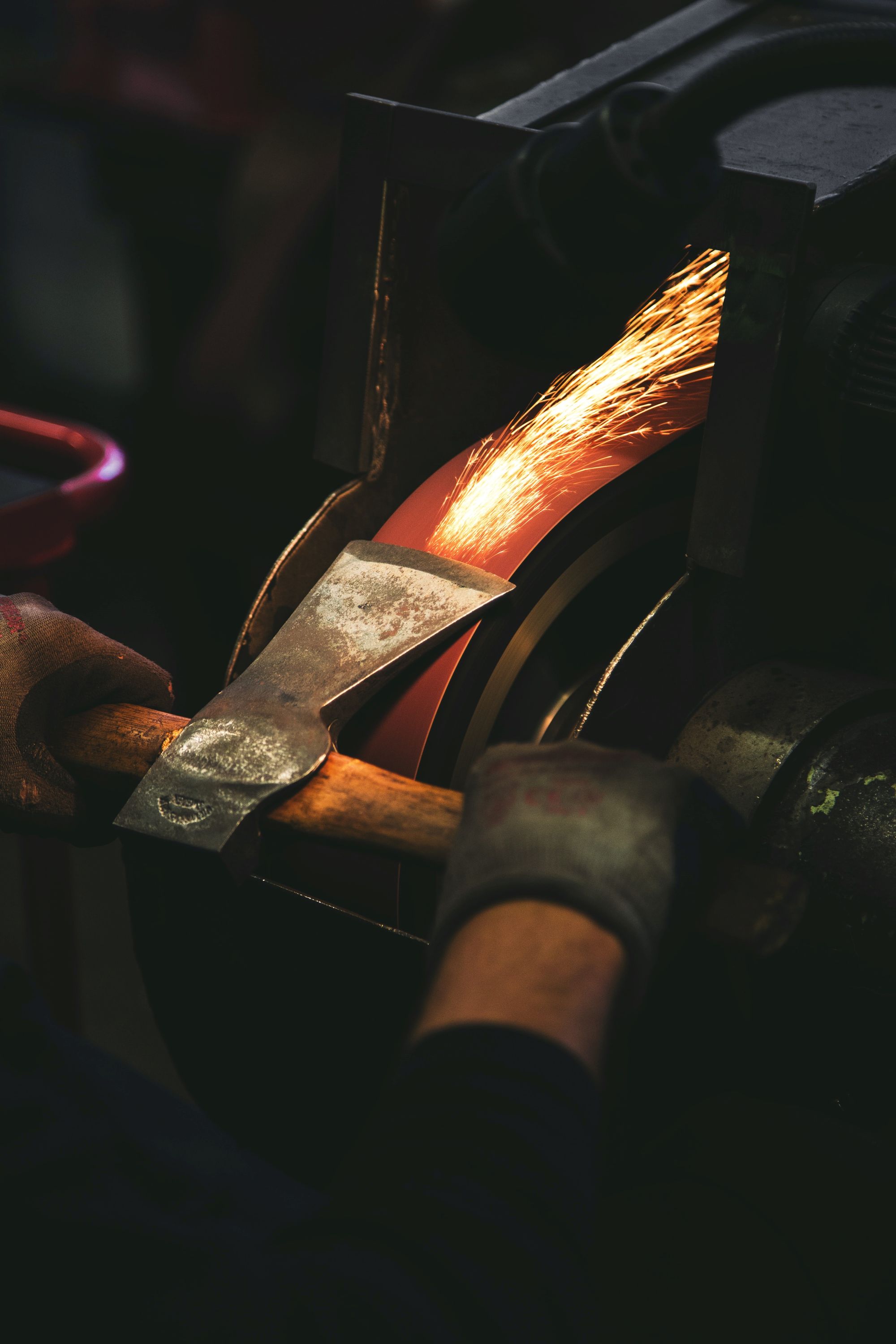
Which then makes you wonder what is inevitable, and what is possible, by way of culture, to resist, to build restraint around, to refrain from certain paths in favour of others, in ways that go deeper than curiosity and the maker’s satisfactions? Or is that not the way?
This is the dilemma of homo faber, the tool-making human. And the supposed 'makers-of-our-own-destinies'.
The power to make tools, remake our environment, make ourselves comfortable and prosperous, will always be a dilemma to people everywhere. The power contains so much potential for suffering. And yet it is built into our minds, and affords us the energy-preserving conditions needed to create real beauty, to love each other well and even to become better people.
The philosopher Richard Sennett articulates the myth of Pandora's box as the danger all humans face in wondering what they might next be able to make, or achieve, with our powers of abstract analysis and design.
Just after the Cuban Missile Crisis, the days in 1962 when the world was on the brink of atomic war, I ran into my teacher Hannah Arendt on the street. The missile crisis had shaken her, like everyone else, but it had also confirmed her deepest conviction.
...she had argued a few years previously that the engineer, or any maker of material things, is not master of his own house...
She had come to this conviction by the time the Los Alamos project created the first atomic bombs in 1945. Now, during the missile crisis, Americans too young for the Second World War had also felt real fear. It was freezing cold on the New York street, but Arendt was oblivious. She wanted me to draw the right lesson: people who make things usually don't understand what they are doing.
Arendt's fear of self-destructive material invention traces back in Western culture to the Greek myth of Pandora. A goddess of invention, Pandora was 'sent to Earth by Zues as punishment for Prometheus's transgression'...
...who, when she opened her casket ... of new wonders, 'scattered pains and evils among men.' In the working out of Greek culture, its peoples came increasingly to believe that Pandora stood for an element of their own natures; culture founded on man-made things risks continual self-harm.
—Richard Sennett, The Craftsman.
In the context of either civilisational collapse, or the wider, scarier possibility of full ecological collapse, how can we best understand this part of our nature?
If humanity is approaching an ecological bottleneck, in which the vast array of Pandora's 'scattered pains and evils' have manifested deep planetary strain, and a rapidly fracturing capacity of Earth systems to support our wildly expanded presence, how could we think sanely about better culture? A culture that might steward humanity on the other side of collapse?
You might be aware that Prometheus's transgression, which Sennett mentions, was to steal fire from the gods and give it to humans. Use of fire being a central building block of our earliest cultural evolution, ramifying abstract thought into knowledge-bearing (and design-bearing) long-term cultural projects, the myth seems to recognise our lineage of power inheritance well.
But the path from early hominid use of fire to atomic weapons, with which to burn the world, is a long way from inevitable. Here in Australia, we are only just beginning to talk properly together about the indigenous technologies already in play here, and patterns of landscape habitation that hold the sophisticated use of fire-on-country central to the project of deep ecological stewardship across generations. These were not destructive technologies—much the opposite—and the colonial mish-mash Australian culture of which I’m a part will eventually, by necessity or sense, embrace them as part of a viable future on this flammable land.
Please see Victor Steffensen’s Fire Country, if you haven't already, for an entry into this world of possibility. And let’s tuck that ancient tool and its modern potential away in our minds, ready to access later.
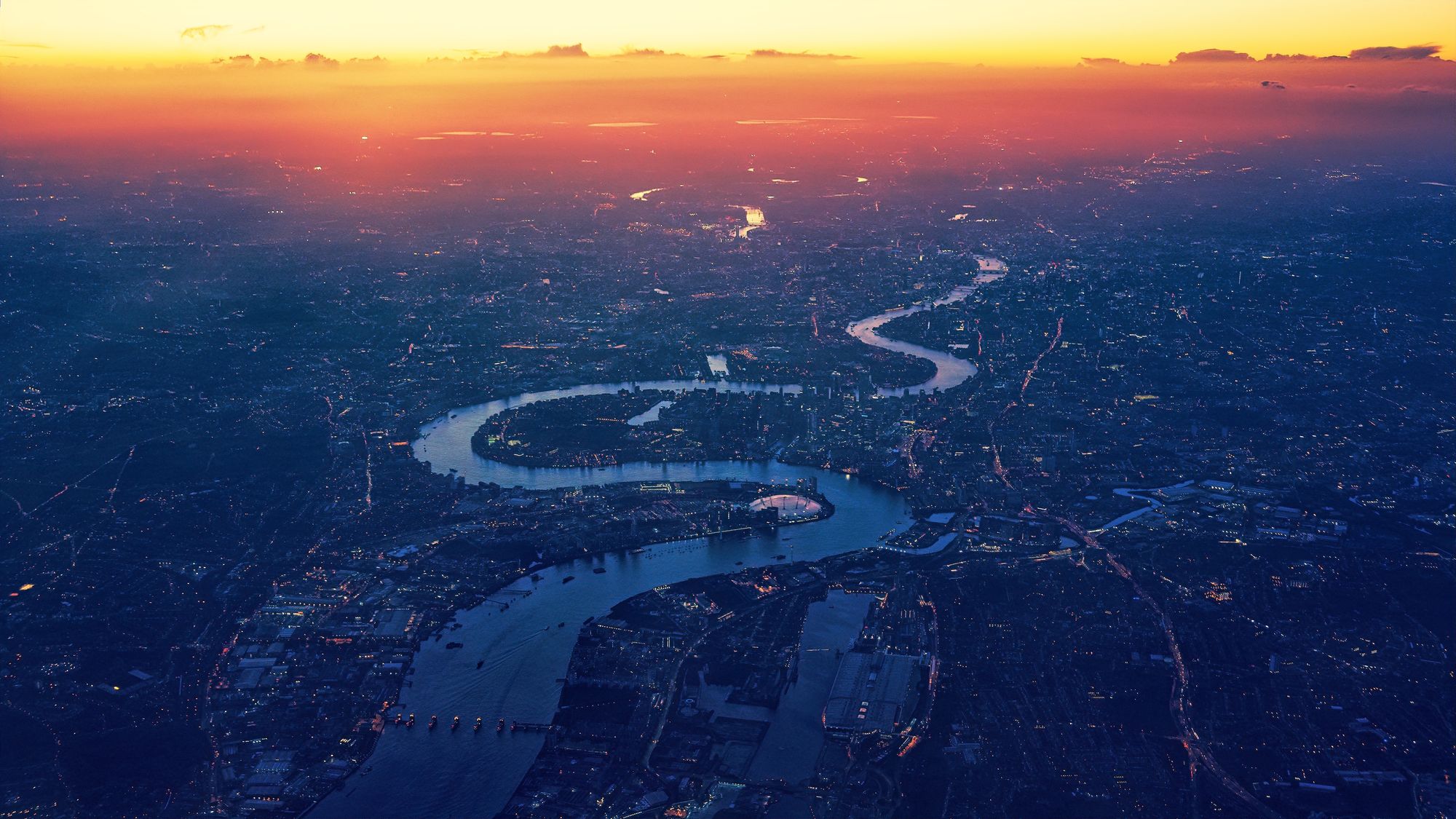
In the meantime, I’m not sure our institutions are thinking much about the dilemma of homo faber, despite the uglier end of its ramifications splashed everywhere to be seen. So it might be up to us—possibly powerless-feeling individuals and communities—to think carefully about what our design minds are meant to do, as humans in our ecological home.
The phrase 'Pandora's box' is often used to refer to some minefield of complexity that we would be wise to avoid entering. But it is too late for that—the box, or casket, has been open for millenia and that is not, anyhow, what the myth is about. It is not a cautionary tale. It is a story of who we are, and therefore of where our responsibilities lie.
In this sense, homo faber doesn't so much hold a dilemma, as an eternal cultural project. An ongoing project of spiritual judgement and discernment, much neglected, much needed.
We are not meant, surely, to retreat or to hide our capacities. We are part of the evolution of life on Earth, and this is clearly one of our primary relationships with the biosphere, set to evolve into something that either kills us off, or makes us more relationally transformative than ever before.
What that evolution might look like, and how we might contribute positively, this blog will continue to investigate.
As Sennett suggests:
'Material culture provides in sum a picture of what human beings are capable of making. This seemingly limitless view is bounded by self-inflicted harm whether occurring innocently, by intent, or by accident. Retreat into spiritual values is unlikely to furnish much help in coping with Pandora. Nature might be a better guide, if we understand our own labours as part of its being.'
This is what I and many people I know strive for, to experience our own labours as life evolving, our own creaturely habits of doing and making as part of life flourishing. As a part of stewardship and care of our biological homes.
It’s what we were made for, and to which—eventually—we will return.
References:
Barry Lopez, Horizon, Vintage, 2019
Richard Sennett, The Craftsman, Yale University Press, 2008
Victor Steffensen, Fire Country—How indigenous fire management could help save Australia, Hardie Grant, 2020
https://www.youtube.com/watch? v=UsaUDSOSJkU
Images 1. Jessica Ruscello / 2. C D-X / 3. Johannes Plenio
Comments? If you would like to say something about this post, I'd love that. For personal reasons, I don't enable comments on the blog site, but please feel free to write to me—andy@wearehumans.com.au

